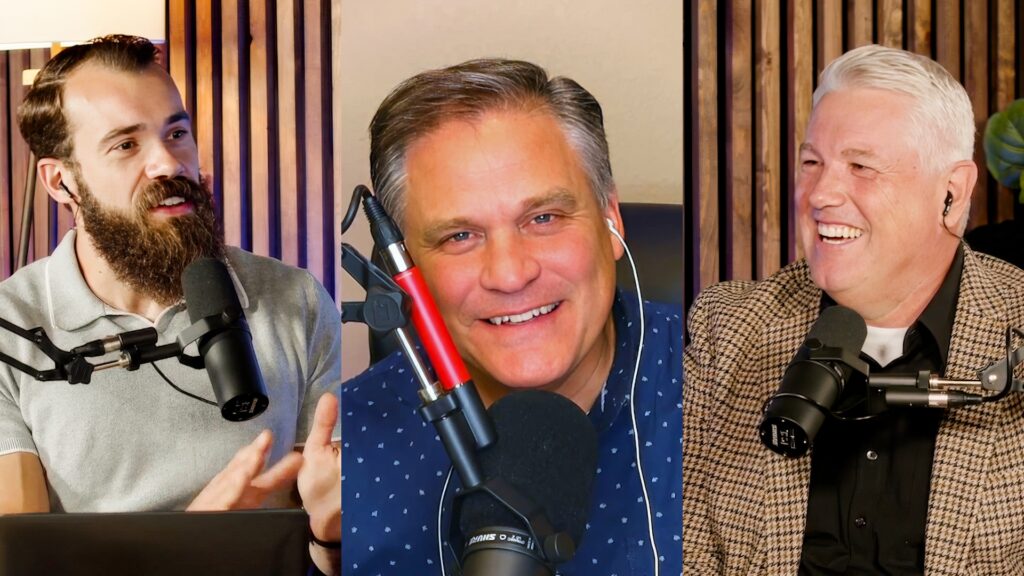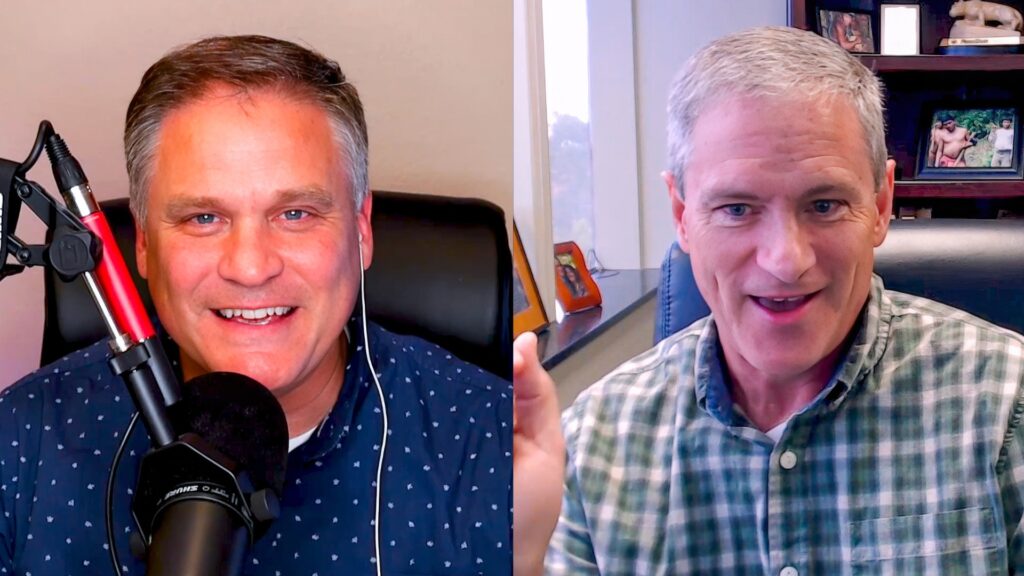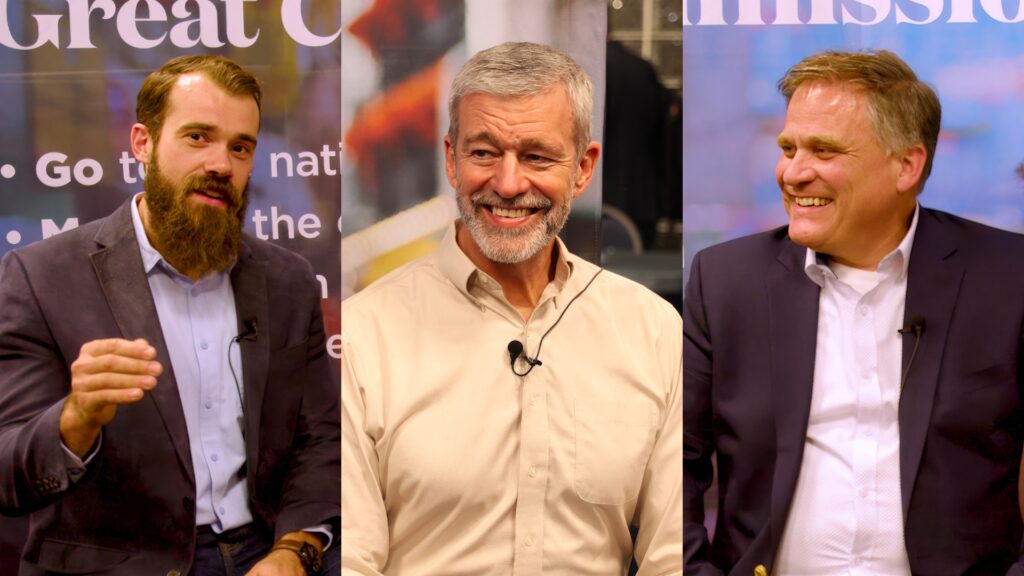Relational evangelism is an evangelism methodology that emphasizes the advantages of building friendship relationships with unbelievers as a basis for sharing the gospel with them. Initial-contact evangelism moves immediately into a gospel presentation, even with people we have met for the first time.
Relational evangelism is often criticized, even condemned, by Christians who have positioned themselves on the initial-contact side of the either/or continuum.
But either/or options often lead unnecessarily to extreme opinions that tend to be divisive. Unfortunately, Christians sometimes fall into these either/or traps, even with ministry methodologies or personal evangelism tools. And proponents of “only my preference is right” generally build straw men to prove that the correct approach to evangelism is an either/or matter and, consequently, that “your view is wrong, maybe even unbiblical.”
So, what’s the whole and non-distorted truth about relational evangelism?
It’s a Both/And
Through more than 50 years of ministry, I’ve seen evangelism from a wide variety of perspectives. I was an assistant pastor in a church that practiced what might be called “scalp hunting” evangelism—confrontational to a serious fault. And I have been associated with other churches that teach believers to be “relational” but stop short of exhorting them to truly be evangelistic.
But my first mentor in ministry, the pastor of the little country church where I was saved, had the balance in (and passion for) evangelism that every Christ-follower should have. His name was Coy Turner.
Brother Coy grew up in the coal mining area of southeastern Kentucky. He didn’t have a lot of education, but he was much wiser than many pastors with doctorates. When he was saved, in his late 20s, Coy immediately became passionate about sharing the life-changing message of the gospel with people who needed to come to know Jesus in a personal way. He would walk up and down the hollows (“hollers” if you speak the local dialect) of eastern Kentucky and knock on doors and talk to people about the Lord. More than once his life was threatened, but he persisted despite the dangers he faced.
(Note: Recall the Hatfield vs. McCoy culture of southeastern Kentucky in the late 1800s and early 1900s—Coy, whose full name was John McCoy Turner, was named after McCoy relatives or a family friend. Incidentally, Coy’s wife, Grace, was related to Hatfields.)
Many of Coy’s gospel presentations were initial (and one-time) contacts with people he had never met. But they were not quick, overly-simple, “just bow your head and pray a prayer” presentations. If the unbeliever was interested, Coy would clearly and thoroughly explain the gospel, making sure the recipient truly understood God’s plan of salvation. And he did not exert any undue pressure to elicit “decisions” that were not sincere and meaningful. That was a lesson he drilled into all of us who were his “preacher boys.”
Long before terms like “lifestyle evangelism” and “friendship evangelism” were popular, Coy was an effective practitioner of the art of building redemptive relationships with unbelievers—relationships that were not mere gimmicks to win people to Christ. These were genuine friendships. He often used fishing and hunting to befriend men who ordinarily would have nothing to do with preachers or the gospel. He became a true and caring friend of men who were hardened sinners and eventually some of these men accepted Jesus as their Savior.
For Coy Turner, evangelism methodology was not either initial-contact evangelism or relational evangelism. It was both/and, primarily depending on how open an unbeliever was for hearing and responding to the gospel and whether or not there would be time and opportunity for building a redemptive relationship.
That’s why when we developed Good Soil Evangelism and Discipleship we didn’t want to just teach and promote relational evangelism; we wanted it to also teach and promote initial-contact evangelism that is done well—clearly and thoroughly, as much as is needed for a “good soil” response (cf. Mark 4:8, 20).
Editor’s Note: This article was originally posted on the Good Soil blog.




